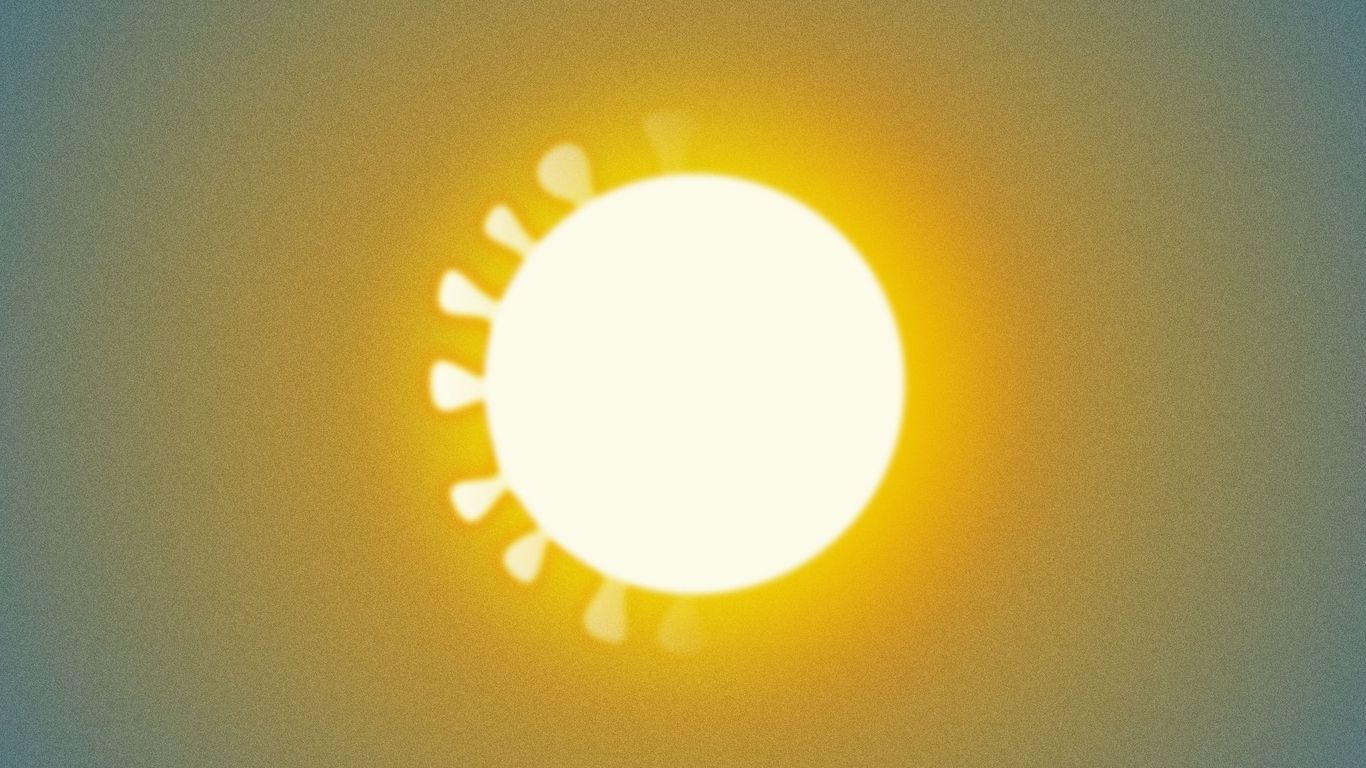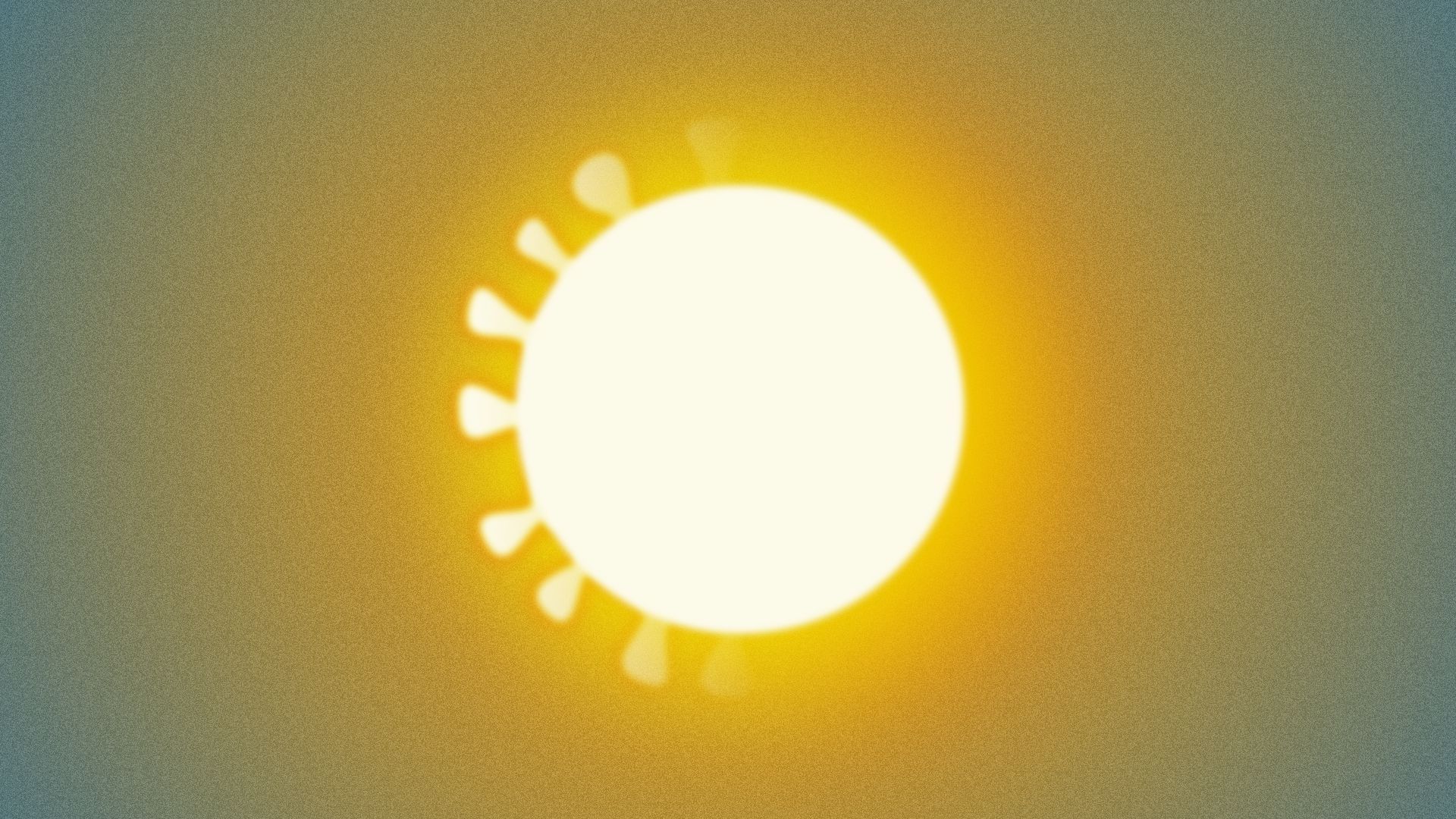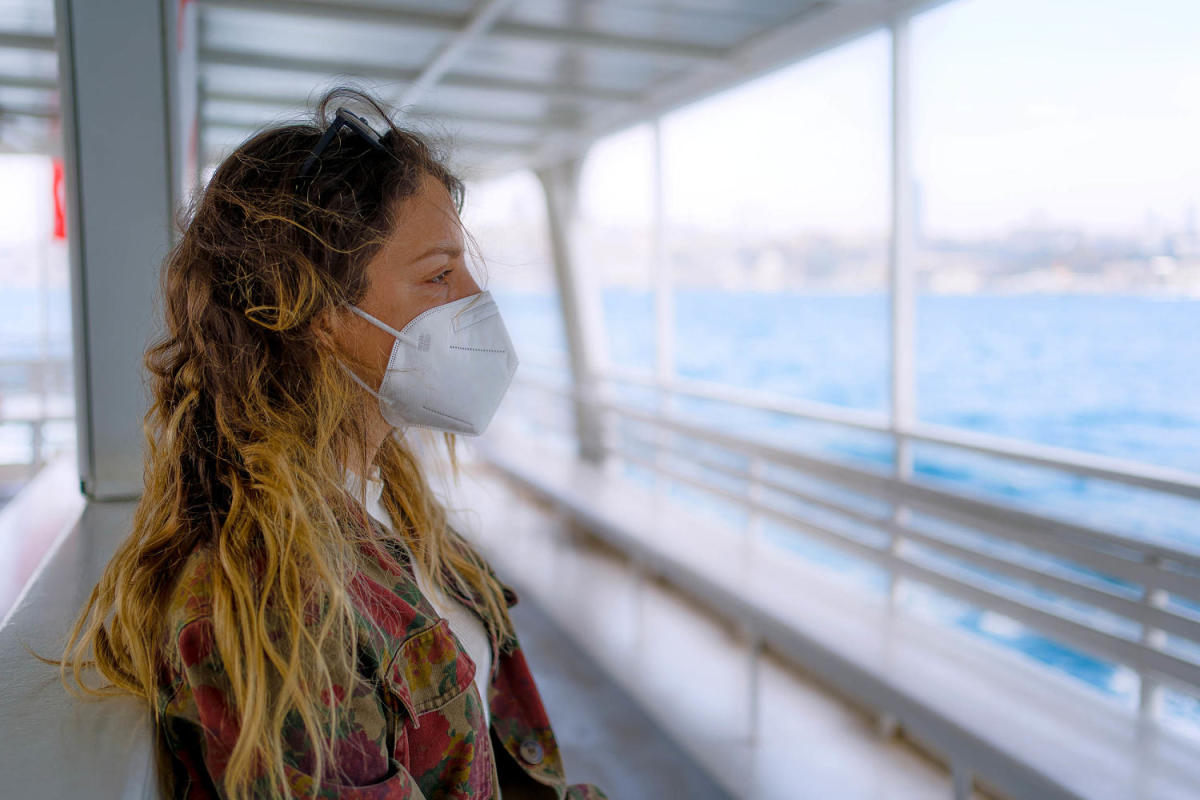
COVID-19 cases are on the rise in both Chicago and the United States, with at least 44 states experiencing an increase or likely increase in COVID-19 infections as of late June. The highly contagious KP.3 and KP.2 strains, also known as FLiRT variants, account for a significant proportion of these cases.
In Chicago specifically, six out of the city's seven sewershed areas have seen rising levels of COVID-19 over the past three weeks. The sharpest rise has been observed in Lincoln Park and the Near North Side. More than half of local cases come from FLiRT variants.
Nationally, emergency room visits due to COVID-19 have increased by 23% in the past week, but hospitalization rates remain steady. The CDC recommends that everyone ages 6 months and older receive an updated COVID-19 vaccine when it becomes available this fall, regardless of whether they have been vaccinated before.
The LB.1 variant is currently the third-leading COVID-19 variant in the US, making up 15% of cases. Symptoms of LB.1 are similar to those caused by the FLiRT variants and include sore throat, cough, fatigue, congestion, runny nose, fever or chills, headache, and muscle aches.
William Schaffner expects an increase in COVID-19 cases during summer months as it doesn't disappear like influenza does. The CDC also recommends that those who are older than 65 and immunocompromised should get the latest vaccine or another vaccine if four months have elapsed since their last one.



